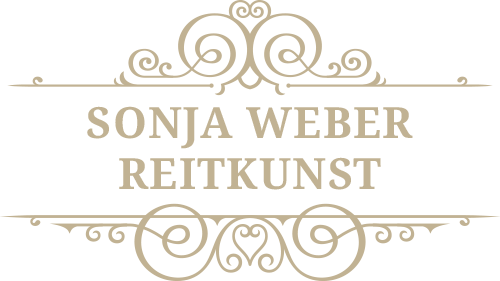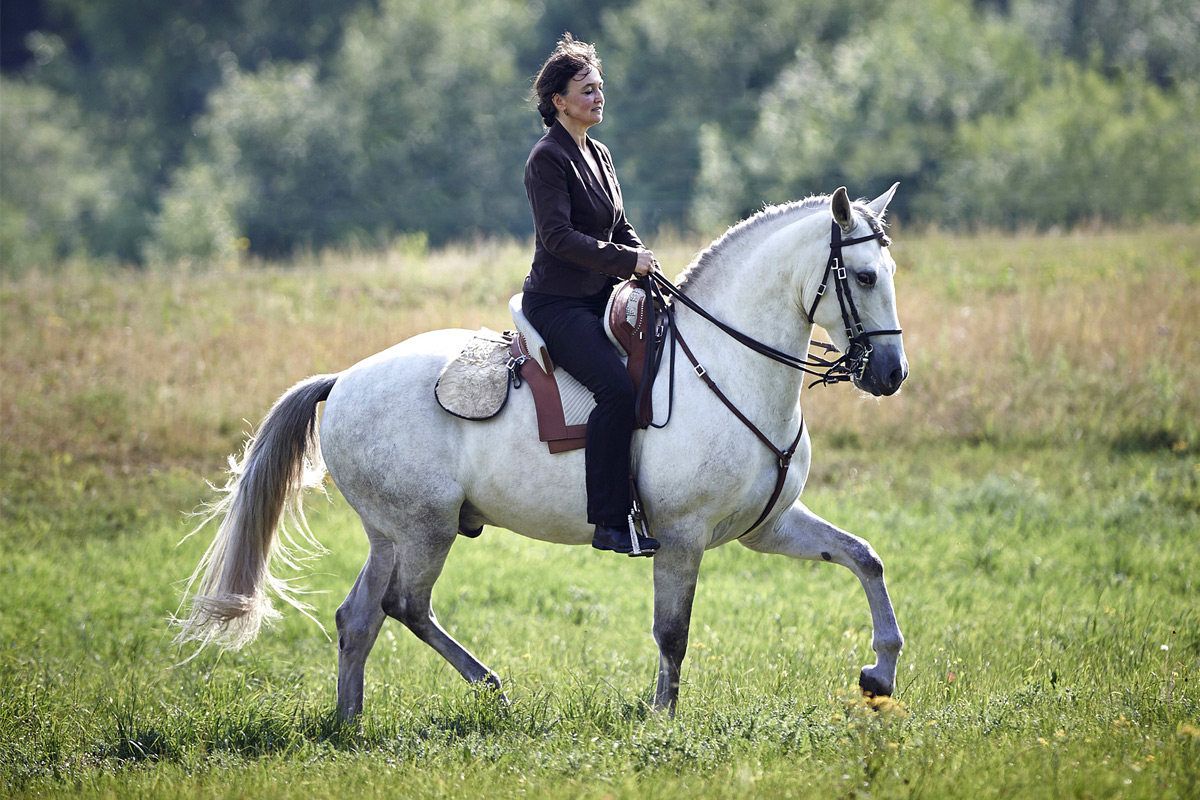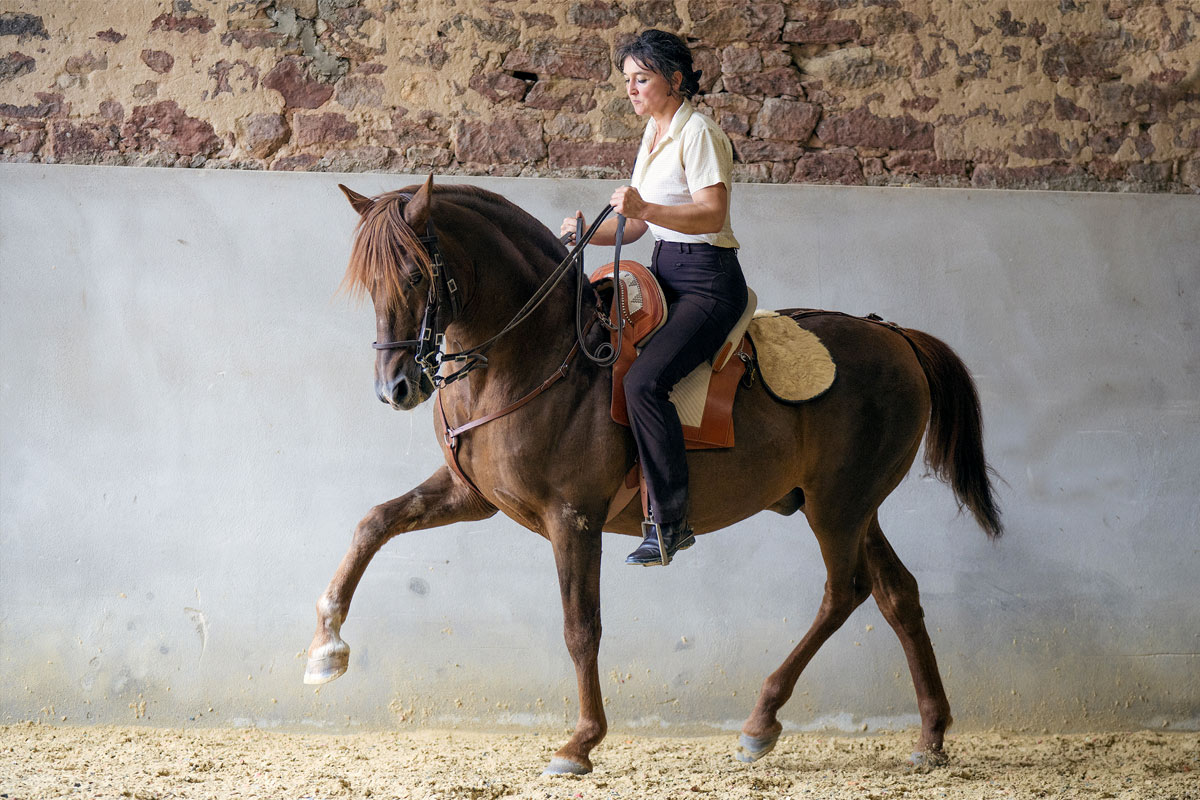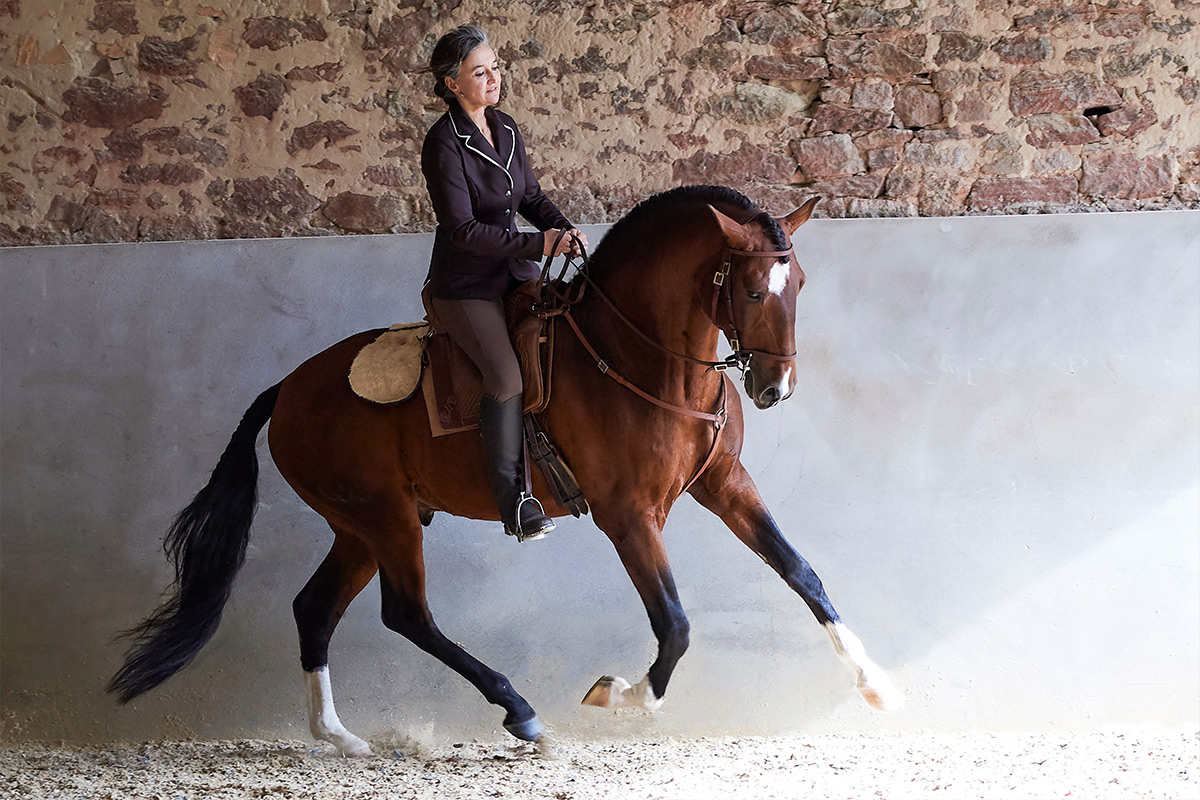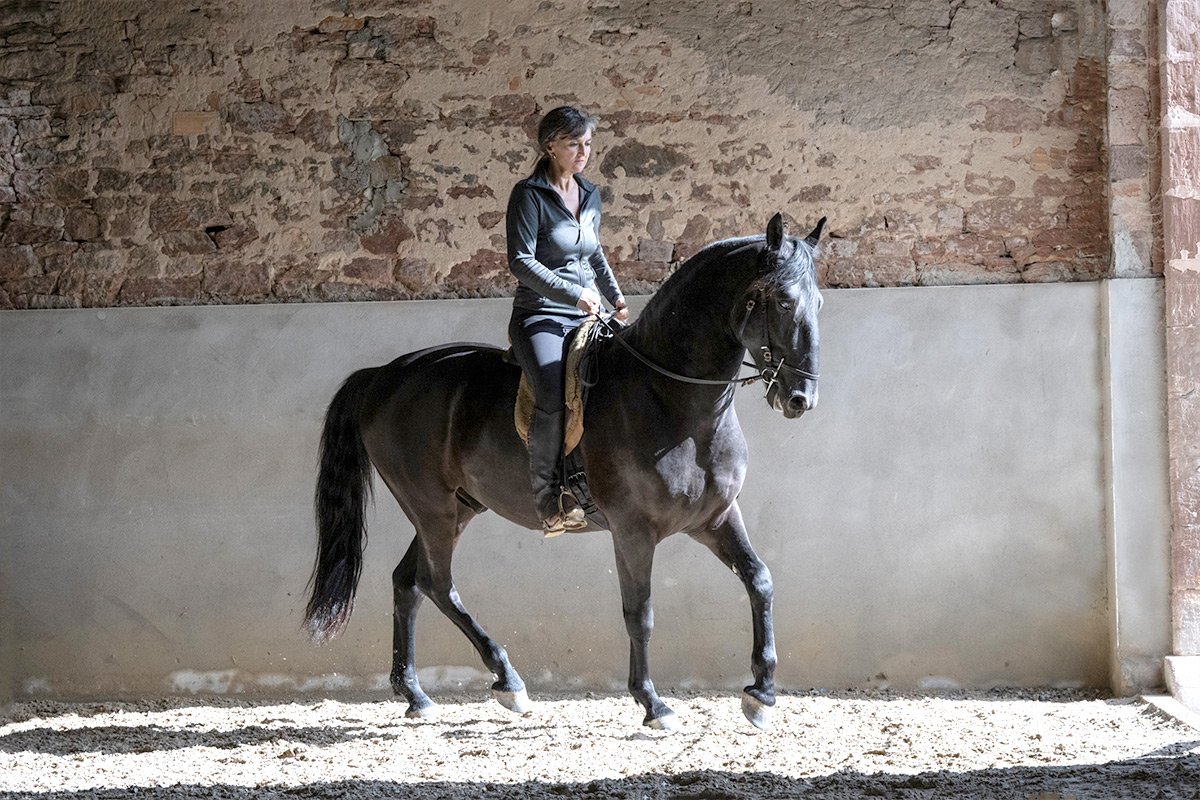This profoundly influenced my idea of the perfection and beauty of classical dressage. I worked with him up until the year 2016.
From 1997 to 2007, I attended clinics with Jean-Claude Racinet (a representative of Légèreté in France and the US), Brigadier Kurt Albrecht (director of the Spanish Riding School in Vienna), Siegfried Peilicke (riding master of the Schultheis/Lörke school – national dressage coach for young riders FRG) and Nuno Andrade (school of Luis Valenca, Portugal).
All the while, I closely collaborated with my instructor Anna Katrin Müller, who supported me in putting the ideas of all my trainers into practice. In 2018, she inspired me with her ever-growing knowledge and the ideas of Frenchman Jean Luc Cornille (US), whose project “Science of Motion” explores the implications of biomechanics and scientific insights for the training of horses.
My work as a professional riding instructor goes hand in hand with the publication of films, books, lectures, and articles in magazines such as “Cavallo”, “Dressur Studien”, “Equus”, “Feine Hilfen”, “Levade”, “Pegasus”, “Piaffe” and “ReitKultur”.
